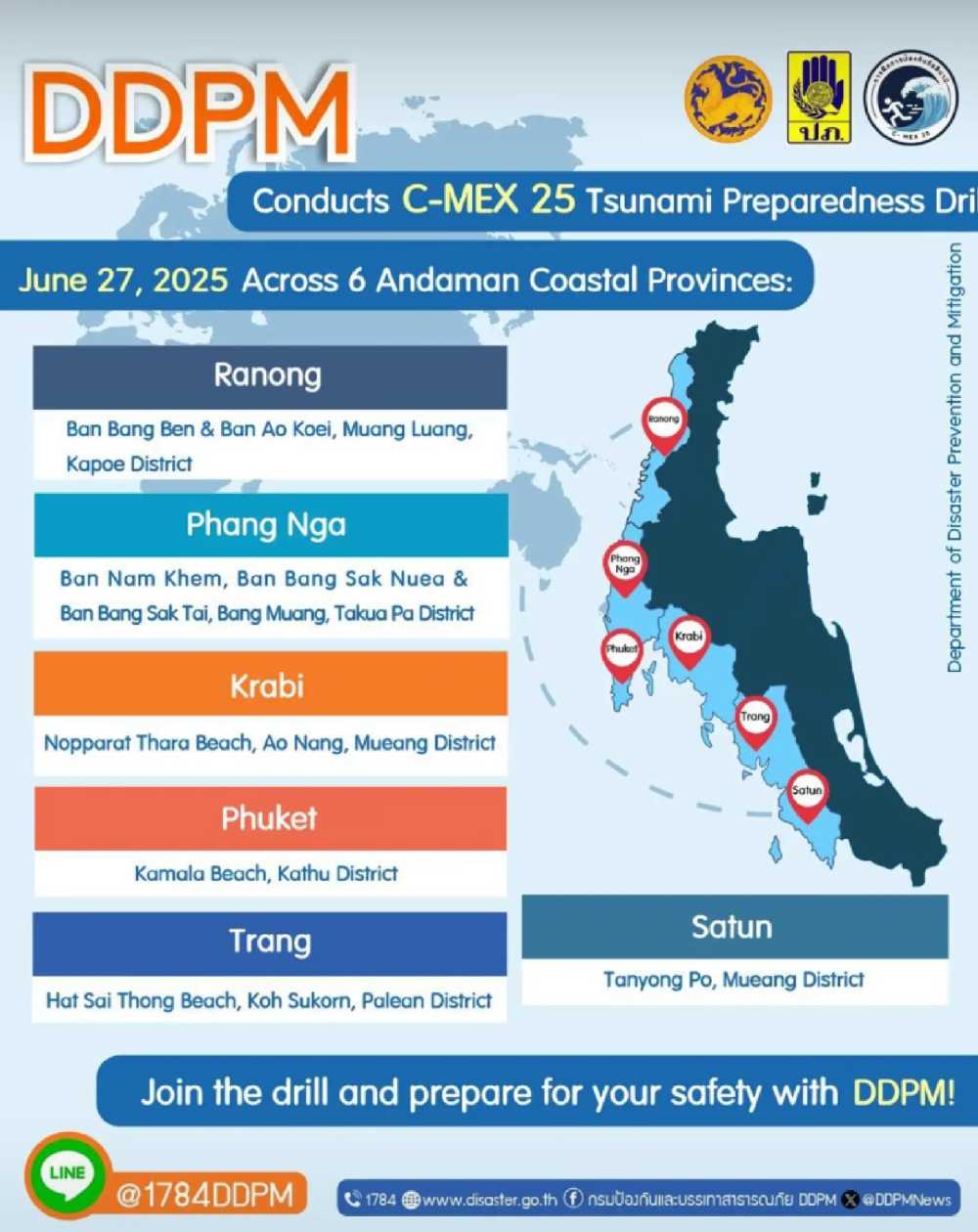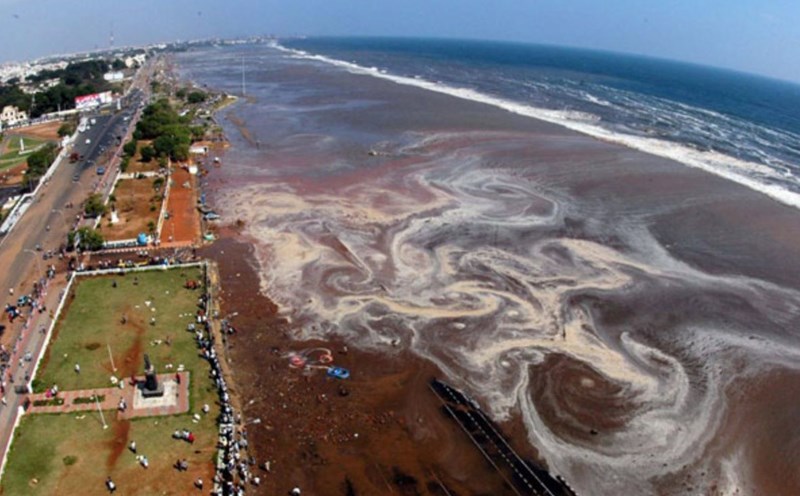The request was made for six coastal Andaman provinces - including Phuket, Krabi, Phang Nga, Trang, Ranong and Satun - amid a series of earthquakes that were recorded in the Indian Ocean and Pacific seas - which caused the 2004 Tsunami disaster.
Deputy Minister of Home Affairs of Thailand, Ms. Theerarat Samrejvanich, emphasized: "No loosening in the disaster response plan is accepted."
The announcement was made after a meeting with leaders of provinces, the Department of Natural Disaster Prevention and Control (DDPM), the Department of Mineral Resources and the Thai Meteorological Administration in Bangkok on July 7 to discuss preparations for responding to earthquakes and sunsones in coastal areas of Andaman.
The 2004 Tsunami took the lives of nearly 228,000 people from 11 countries from Asia to Africa, including more than 5,000 in Thailand, shocking the world.
While recent earthquakes have not yet reached the same level of danger, the aftermath of the past is still a clear warning for coastal provinces such as Phuket, Krabi, Phang Nga, Trang, Ranong and Satun - places in the "red zone" if natural disasters recur.
These localities are ordered to allocate additional budgets, strengthen human resources and rescue equipment. The earthquake and Tsunami warning system must be operated continuously 24/7, not allowing the lack of equipment to become an excuse for disasters. In particular, evacuation routes and signs leading to shelters will be updated and checked regularly.
"Prevention training and evacuation drills must be conducted periodically. When natural disasters occur, people are not allowed to panic but must know exactly what to do and where to go" - Ms. Theerarat emphasized.

Mr. Sumet Saithong, Deputy Director of the Department of Mineral Resources, said that although the recent earthquakes were mild and could not cause natural disasters, they were still early warning signs.
Meanwhile, Mr. Phasakorn Boonyalak - Director General of DDPM - said that the warning system will automatically activate for land earthquakes from 2.5 degrees richter, and underwater earthquakes from 5.0 degrees or more.
In particular, the national mobile phone emergency warning system will be activated if the on-land earthquake reaches 4 degrees or more, and the underwater earthquake reaches 6 degrees or more - the threshold that can lead to a real risk of Tsunami.
The Thai Information and Communications Agency is also ordered to ensure accurate and timely transmission of information in emergency situations. Fake information is the fuel of unnecessary panics, Theerarat warned.
Although there are no direct signs of a Tsunami like in 2004, the proactiveness of the Thai government shows that natural disasters are not waiting for anyone. Previously, on June 27, the six Andaman coastal provinces had conducted a Tsunami response drill.
With geography close to the edge of major seismic beltes from Japan to Indonesia, any fluctuations in the Pacific or Indian Ocean could be a warning for the entire Southeast Asian region.











